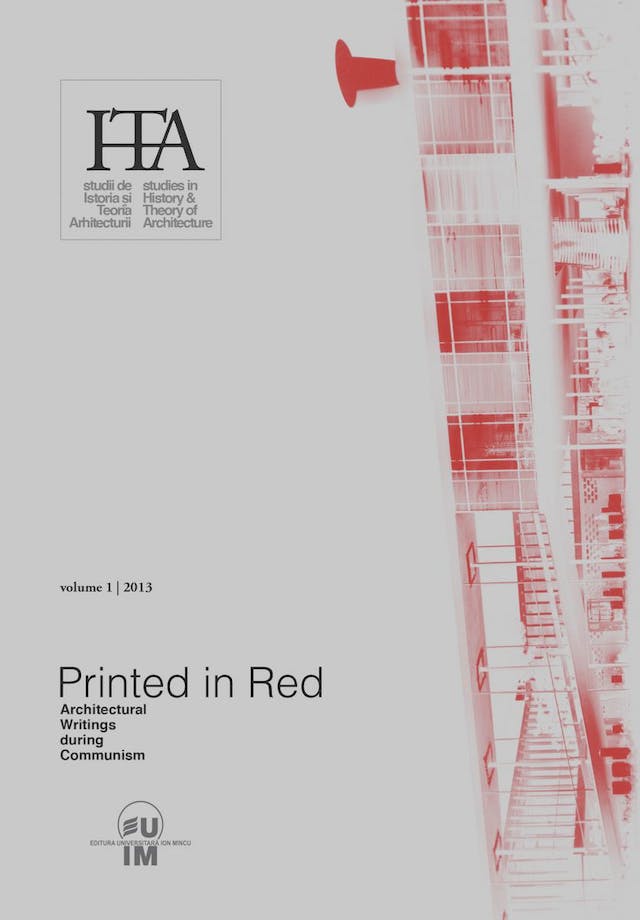When “Words Fall on Deaf Ears”An Outline of Albania’s Socialist Architecture
When “Words Fall on Deaf Ears”
An Outline of Albania’s Socialist Architecture
by
Dritan Miço
Keywords
faster
cheaper
better
socialist architecture
politics
Kolevica
According to the Albanian philosopher and sociologist G. Bobi, [1] the Albanians’ current sense of cultural identity is very well portrayed by Minkowski’s patients’ answers to the question “where are you?” One patient said he was “here”, while another one said “I know where I am, but I do not feel I belong here.” The former points to an extremely burdened identity that expresses provincialism and historicism, while the latter, vaguer, envelops a lack of identification to his place of origin: everywhere and nowhere. Bobi identifies a socio-cultural degradation, caused by multiple factors such as the loss of security, once ensured by the former regime, the dismantlement of the social structure created by that regime for half a century, and the new regime’s inability to offer the benefits it promised (pluralist democracy, welfare, etc.) The social and cultural upheavals following the fall of the regime have particularly baffled the middle class and those faces considered the “pride of the system.” What used to be excommunicated is now glorified, and vice versa.
Following its isolation from the rest of the world for several decades during the 20th Century, Albania is one of the most understudied East European nations. Although the socialist era represents a milestone in the modern history of Albania, the “socialist architecture” has never been the subject of an analytical English-language monograph. A range of articles that periodically appeared in various newspapers and magazines have been taken into account; they are the only available sources able to reveal the theoretical framework, if it indeed existed. In addition, the last two decades have grown rich in architects’ memoires, as well as in studies on the subject, conducted by both Eastern and Western scholars. All these have found a place in the research presented hereafter.
This study is based on the most relevant so-called typical and atypical publications – however few in number - that best reflect the architectural discourse of the period. The typical publications will help to have a better overview on the official precepts regarding art and culture; meanwhile, the atypical writings will spotlight some sort of civil disobedient subtext, containing rhetoric questions, or even just providing an outline of the myriad of restrictions that architects were facing in their everyday working life, without concealing the rather grim reality. Throughout the years, architects’ yearning call for freedom has been constant, unlike the varying degree of mass media restrictions.
It is important to acknowledge that after more than twenty years since the fall of the Communist dictatorship, there is still some kind of silence, and above all, a strong disdain towards the socialist era, which have produced widespread scepticism toward collectivist ideals and public institutions altogether. [2] After two decades, today more than ever, it becomes necessary to understand the power of the past [3] rather than just blaming it for the malfunctions of the present.
The purpose of this paper is to present the preliminary results of an ongoing research project on the socialist Albanian architecture, in close connection to a blend of cultural, social and economic issues. In spite of the descriptive method used, this study also attempts to bring some initial reflections on, and interpretations of the facts it exposes. Focusing on the architectural and political spheres, the main question is how the Socialist Realism imported from the Soviet Union starting with the late 1940s, was understood and applied in the specific Albanian context; the influences of and relations to the periods prior to, and following socialism are also taken into account.
[1] G. Bobi, “Gli attuali percorsi dell'identità culturale degli albanesi,” in Annali del Dipartimento di Scienze Storiche Filosofiche e Geografiche, Universita degli studi di Lecce XI (2009): 609-617.
[2] S. Hirt, Gates, Suburbs and Privatization of Space in the Post-socialist City (Malden: John Wiley & Sons, Ltd, 2012), 33.
[3] F.E. Ian Hamilton, et al. Transformation of cities in central and eastern Europe: Towards globalization (Tokyo, New York, Paris: United Nation University Press, 2004).
Chicago citation style
DOI:
10.54508/sITA.1.06
